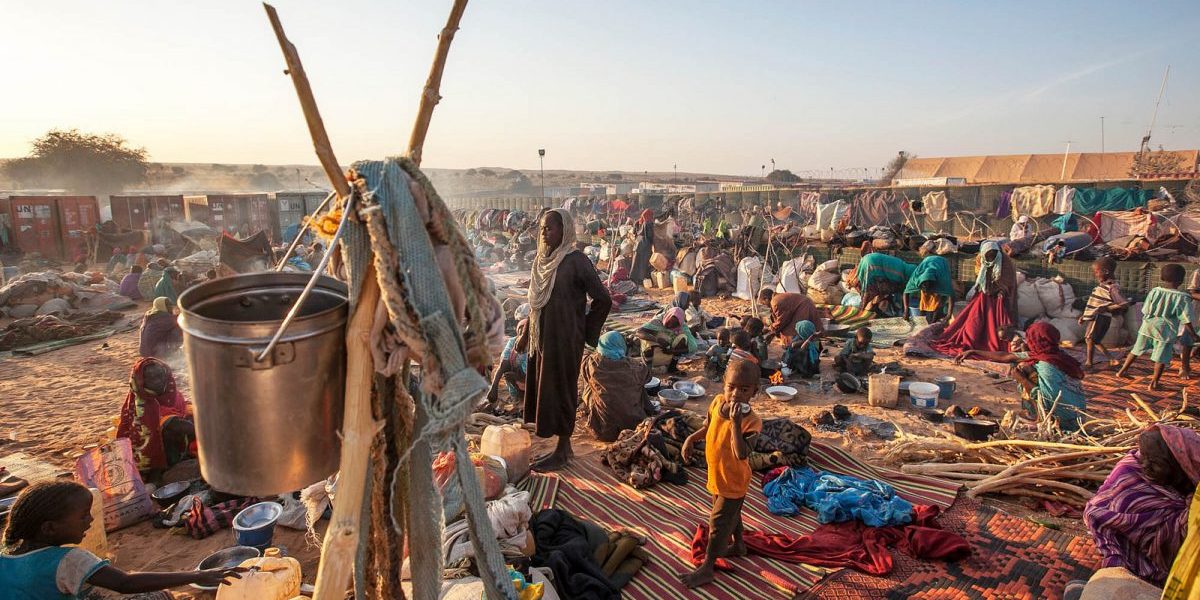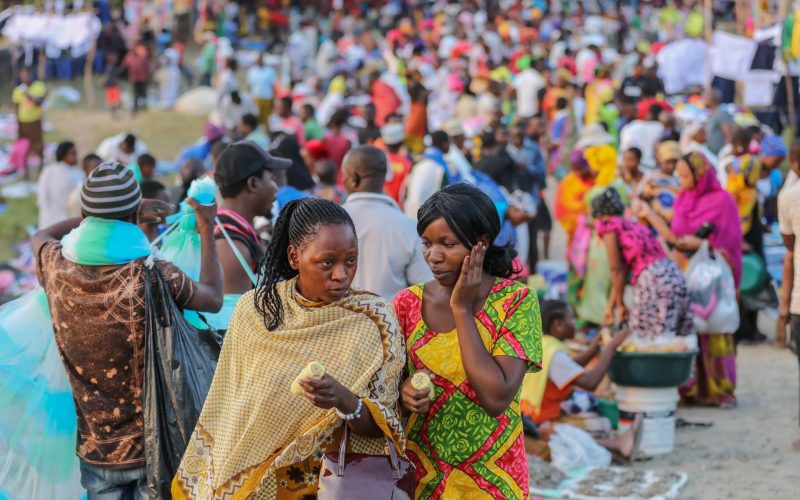So far, nearly $1 trillion has been spent on aid to Africa, but most of the continent is poorer today than at independence. The Cold War played a big part, keeping aid flowing to loyal but corrupt regimes that should have been cut off from external assistance. War is also a culprit. Only 10 countries on the continent have not had a conflict or coup d’etat. Poor governance and venal political struggles – such as those tearing apart Togo and Côte d’Ivoire today – have destroyed economies and negated the positive effects of aid.
But what of aid agencies themselves?
Quite apart from problems created by Africa, a great deal of evidence suggests that the way that aid is administered has a lot to do with why that $1 trillion has not produced more visible success. At the simplest level, aid goes to the wrong places. As the World Bank noted in a 2001 study of reforms, ‘countries with good policies receive less assistance than countries with poor or mediocre policies.’
Even in counties with good policies, aid is often poorly conceived, poorly executed and rarely measured in ways that permit evaluation of what works and what fails. Questions about improving aid effectiveness are answered by mantras: it should be consultative, follow an African agenda, build capacity, use appropriate technology, etc. But these talk around the problem without getting at the heart of the matter: why do so many aid efforts fail to have enduring impact?
This issue examines the inner workings of aid management. Thomas Dichter, author of Despite Good Intentions – Why Development Assistance to the Third World Has Failed, argues that aid donors should restructure the way they manage aid and measure its success. They ought to look honestly at the organisational and individual incentives that lead aid managers to avoid meaningful scrutiny of development programmes.







